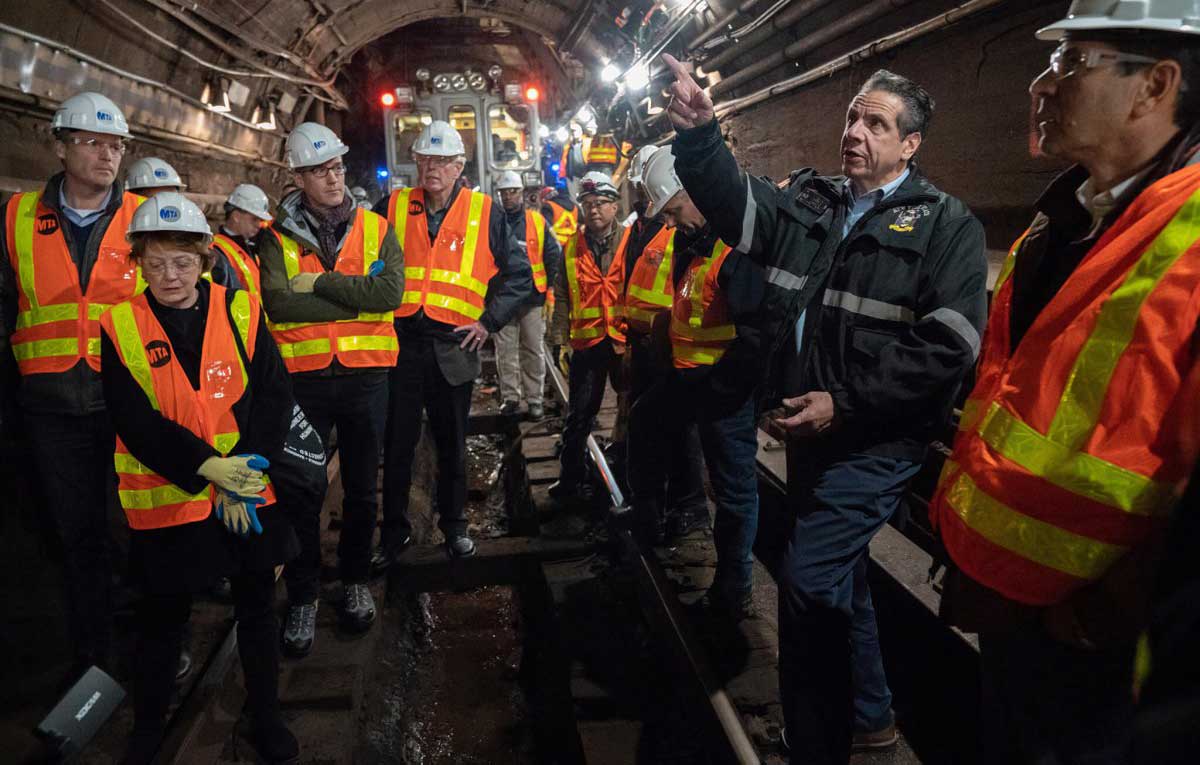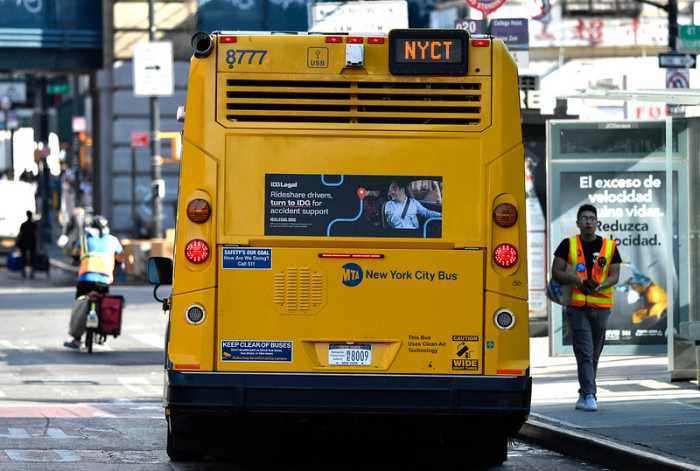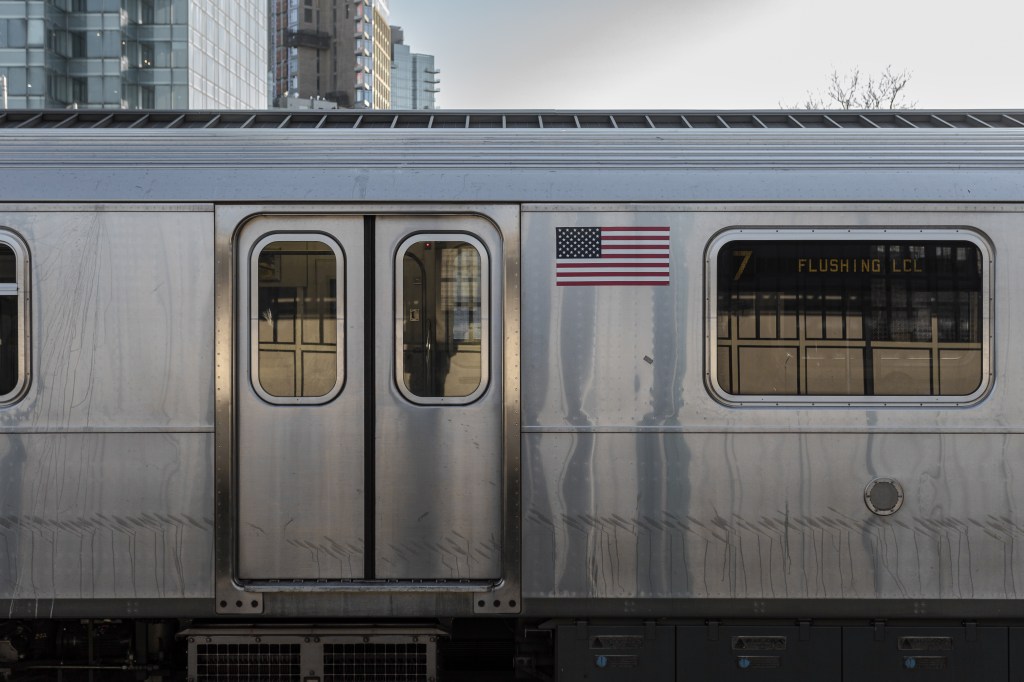By Mark Hallum
With only four months to go before the Canarsie Tunnel was scheduled for closure for Superstorm Sandy-related repair, Gov. Andrew Cuomo is halting the plans in favor of weekend and overnight work instead.
Originally expected to be a 15-month long total closure of the tunnel, Cuomo announced Jan. 3 that instead, one side will stay open while work is completed on the other. That means that the project will now take up to five years to complete.
Not only that, but a panel of experts will also be revamping the main corridor between Brooklyn and Manhattan with a design not yet used by transit agencies in the United States that wraps the bench-walls — raised walkways that hold electrical components — with fiber optics that can detect a variety of activities such as unauthorized people on the tracks.
“This state is the most aggressive state in the United States that does the kind of infrastructure that we do,” Cuomo said. “Nobody has ever used fiberoptic cables on bench-walls to detect motion… No designer wants to give you a plan that hasn’t been done before. They want to give you a design that’s tried and true.”
Cuomo said the structure of the tunnel is in good shape but components of the tunnel are not since it was flooded with corrosive seawater in 2012, and the bench-wall is critical for carrying electrical infrastructure. The fiberoptic cables will racked against the bench-wall, which he said is the most deteriorated feature of the tunnel, as opposed to buried under the concrete.
Fernando Ferrer, the interim chair of the Metropolitan Transportation Authority, said this new plan, despite closing one traffic in one direction, will not change service for commuters from what is already expected on the line with cuts to weekend and night service.
This work is expected to start about the same time the tunnel closure was scheduled for: April 27.
Brandon Mosley, a founding member and creative director for Access Queens, indicated that the change in plans for the L train should come as a relief for Queens commuters who still face growing congestion.
“While it’s a good thing that Gov. Cuomo and his team are thinking ‘faster, cheaper, and better,’ it’s a rather shame to see that so many man-hours were wasted for this last-minute revelation,” Mosley said. “State officials would benefit from taking a step back to really think strategically at a high-level for the city’s needs a large, rather than what feels like arbitrary ad-hoc decisions. People have already adjusted their lives and three years worth of work that the MTA spent on planning for the L train shutdown, was all for not. The silver lining in all of this — for those of us who rely on the 7 train, we won’t have the extra hardship of transit woes and crowding (beyond normal), that is until Amazon comes.”
A panelist from Cornell University said the fiberglass wrap around the bench-wall is not a “Band-Aid,” as one reporter had put it, but a structural feature in itself.
Corrosion was not effecting the concrete of the tunnel, but the cables within the bench-walls and so corrosion will not continue if it is sealed over without a rebuild.
Ferrer said the project will not be re-bid at this time and the cost will still be done “within the envelope.”
The Riders Alliance, a transit advocacy group, was skeptical of the plan, however, questioning whether or not the announcement was little more than a photo op for the governor.
“The governor’s plan may or may not work, but you’ll pardon transit riders for being skeptical that a last-minute Hail Mary idea cooked up over Christmas is better than what the MTA came up with over three years of extensive public input,” Executive Director John Raskin said. “We need a full public release of the details of Governor Cuomo’s idea, as well as the mitigation plans that will allow hundreds of thousands of L train riders to get around during the inevitable shutdowns and slowdowns in service. Actual transit professionals, who owe nothing to the governor or the MTA, should evaluate whether this is sound engineering or a political stunt that will ultimately leave riders in the lurch.
Up to 225,000 people commute on the L train everyday and the 7 train was expected to take the brunt of displaced commuters from Brooklyn as it would be one of just a few nearby tunnels under the East River.
Communications-based Train Control was installed on the 7 train throughout October to prepare for the overflow.
The Cuomo administration got the idea to wrap the bench-walls with fiberglass and fiber optic cables from work to stabilize the old Tappan Zee Bridge.
Reach reporter Mark Hallum by e-mail at mhall




































